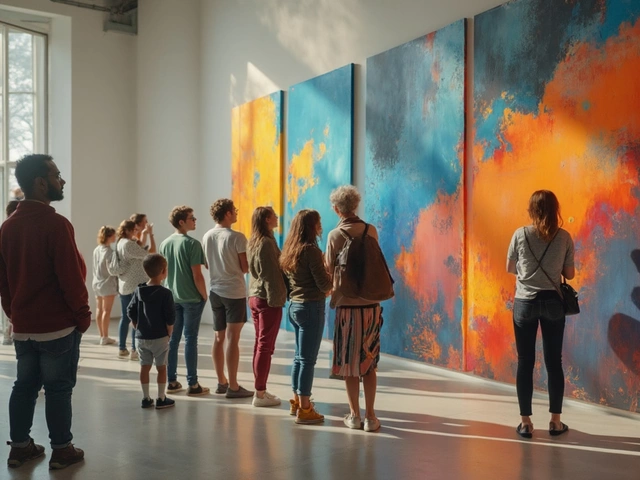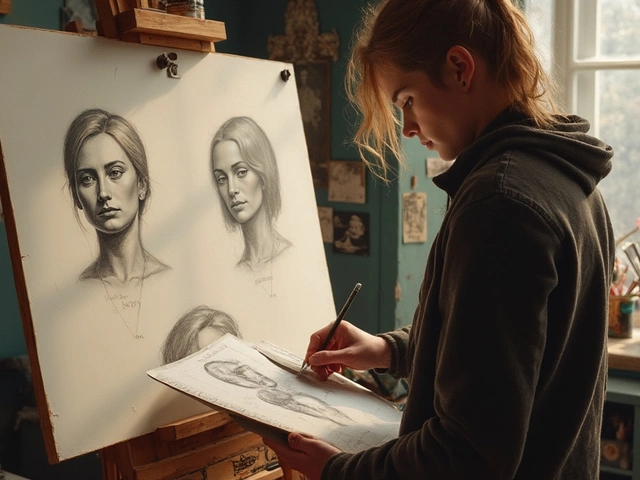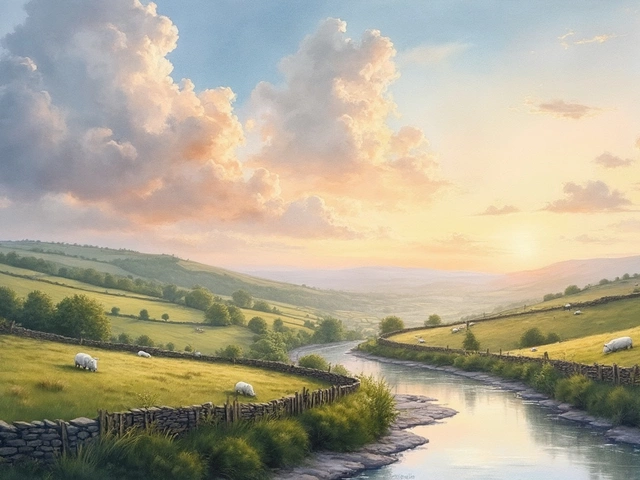Sculpture: Forms, Methods & Artists
When working with Sculpture, the practice of shaping three‑dimensional objects from stone, metal, clay, wood or mixed media. Also known as 3D art, it blends visual creativity with physical skill. Sculpture covers everything from monumental public works to small tabletop pieces, and it constantly evolves as artists experiment with new materials and ideas.
Key Players and Core Methods
The heart of any Sculptor, a creator who plans, models and finishes three‑dimensional artworks is a solid grasp of the main techniques. Carving, a subtractive process where material is removed with tools like chisels, gouges or rotary equipment lets artists reveal forms hidden within stone or wood. In contrast, Casting, an additive method that pours molten metal, plaster or resin into a mold to reproduce a model offers flexibility for repeated copies or complex shapes. Both carving and casting shape the final piece, and many sculptors combine them—carving a clay model first, then casting it in bronze. Understanding how these methods interact is crucial for anyone looking to move from a simple hobby project to a polished artwork.
Beyond tools, sculpture demands knowledge of materials and design principles. Stone provides durability but requires patience; metal offers strength and can capture fine detail when cast; clay is forgiving and perfect for iterative modeling. Each material influences the artist's workflow, from the initial sketch to the finishing polish. When a sculptor chooses a material, they also decide on surface treatment—polishing, patination, or texturing—that adds character and protects the piece. This blend of material science and artistic vision is what makes sculpture a unique discipline, bridging the gap between pure visual art and tactile craftsmanship. Below you’ll find a curated mix of articles that dive deeper into famous sculptors, step‑by‑step guides for beginners, and practical advice on evaluating the value of your pieces. Whether you’re curious about the legends of Michelangelo and Rodin, want to try your hand at a simple clay figure, or need tips on maintaining a bronze statue, the collection ahead has something for every level of interest.
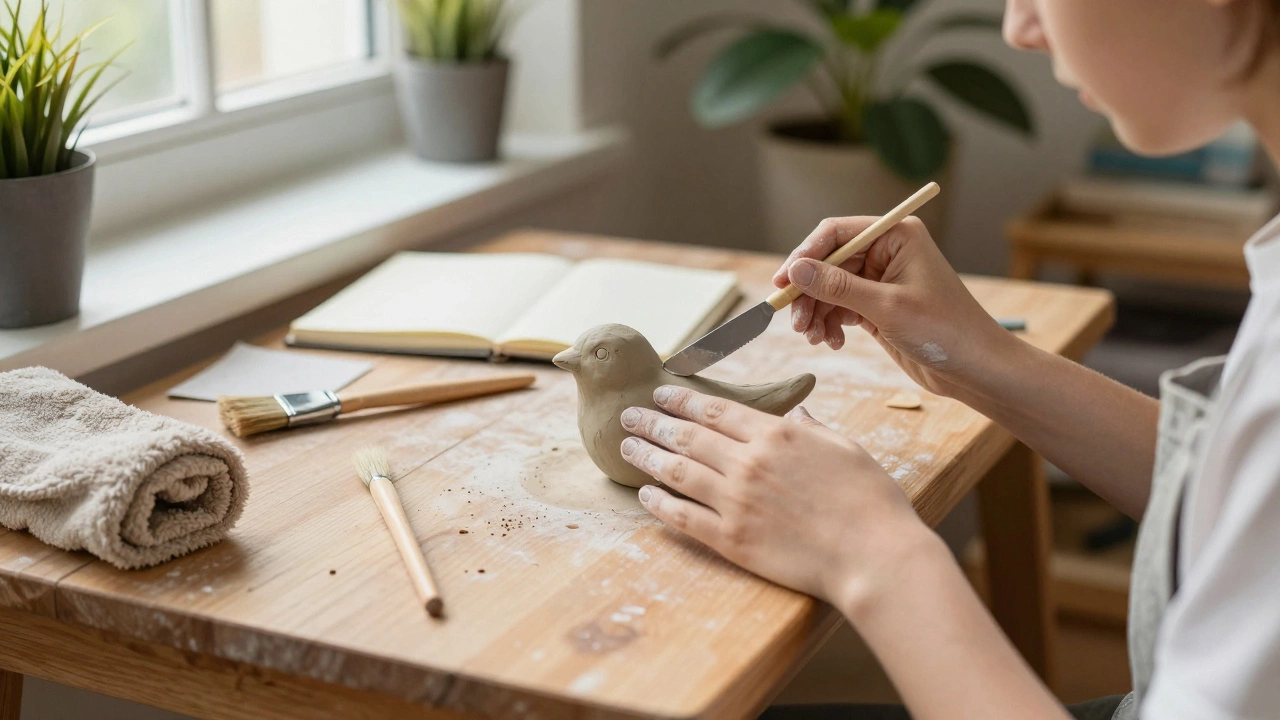
Learn how to start sculpting with simple materials, step-by-step techniques, and practical advice for beginners. No experience or expensive tools needed.
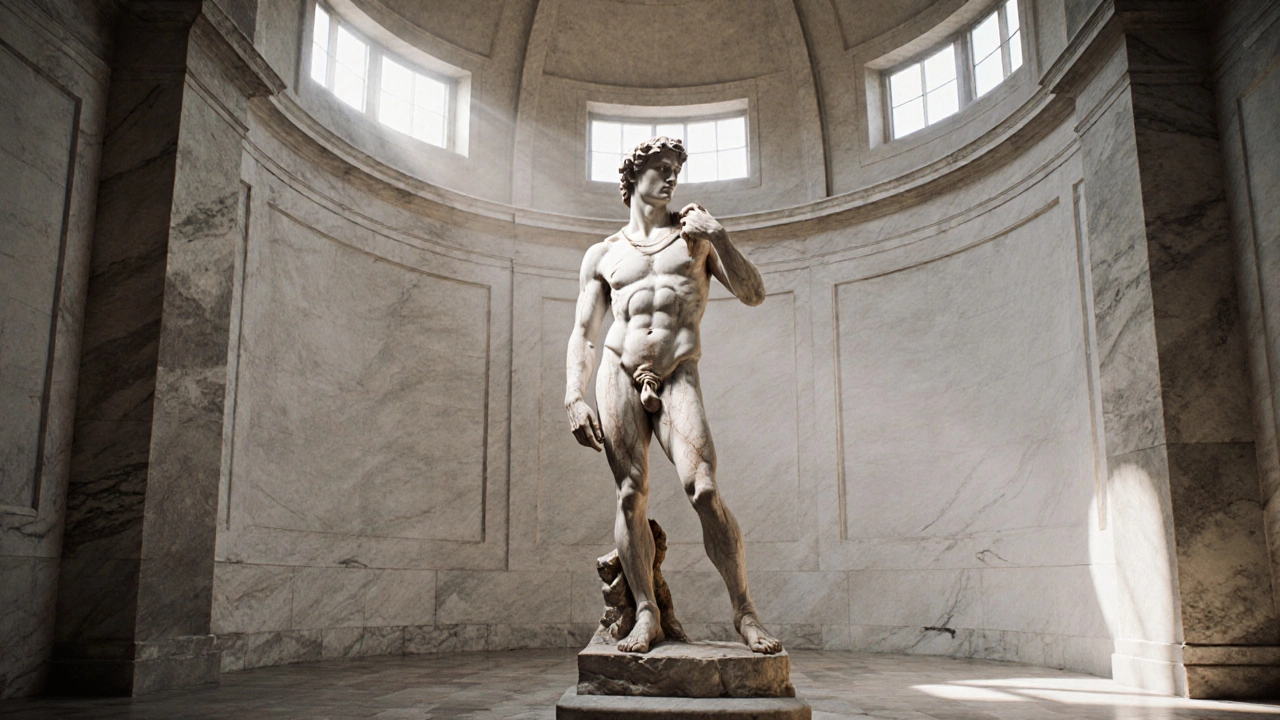
Discover iconic examples of sculpture art from Michelangelo's David to modern installations like Cloud Gate. Learn what makes sculpture unique and how it connects us across time and culture.
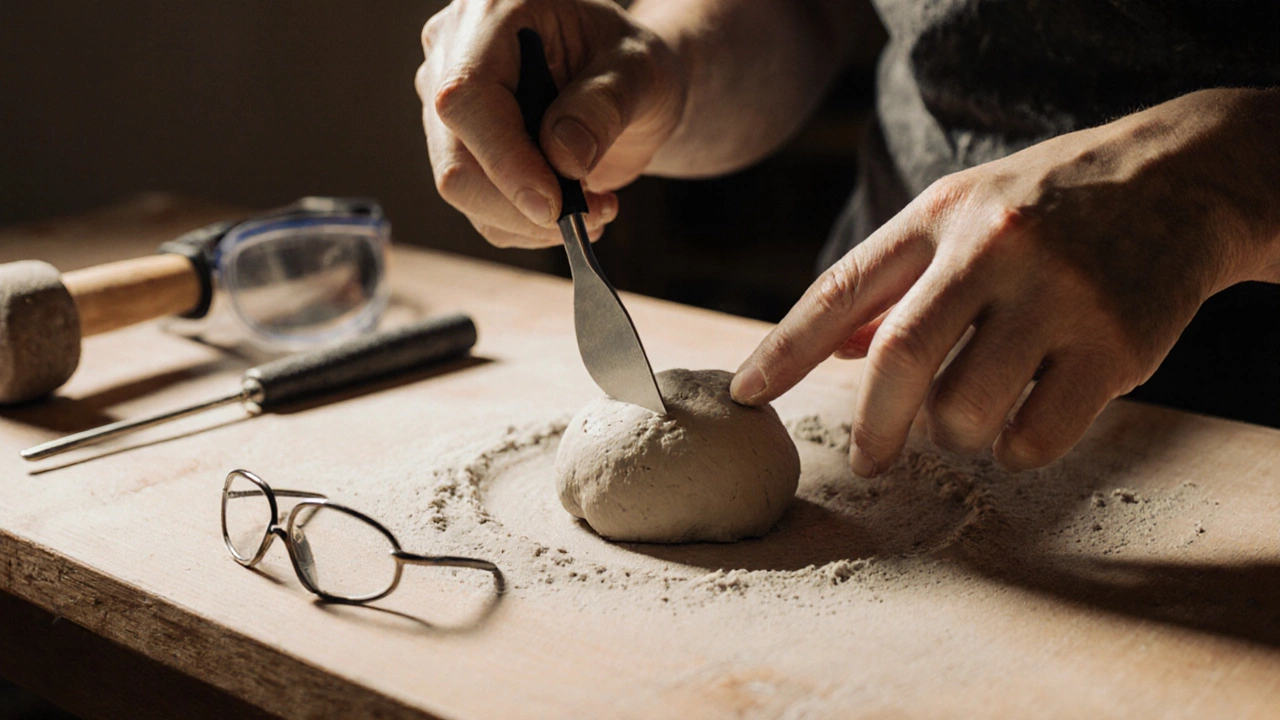
A practical beginner's guide covering materials, tools, workspace setup, easy first projects, safety tips, and next steps for anyone wanting to start sculpting.
Discover famous artists celebrated for their sculptures, from ancient icons to contemporary creators. Explore their unique styles, techniques, and the impact of their artworks worldwide.
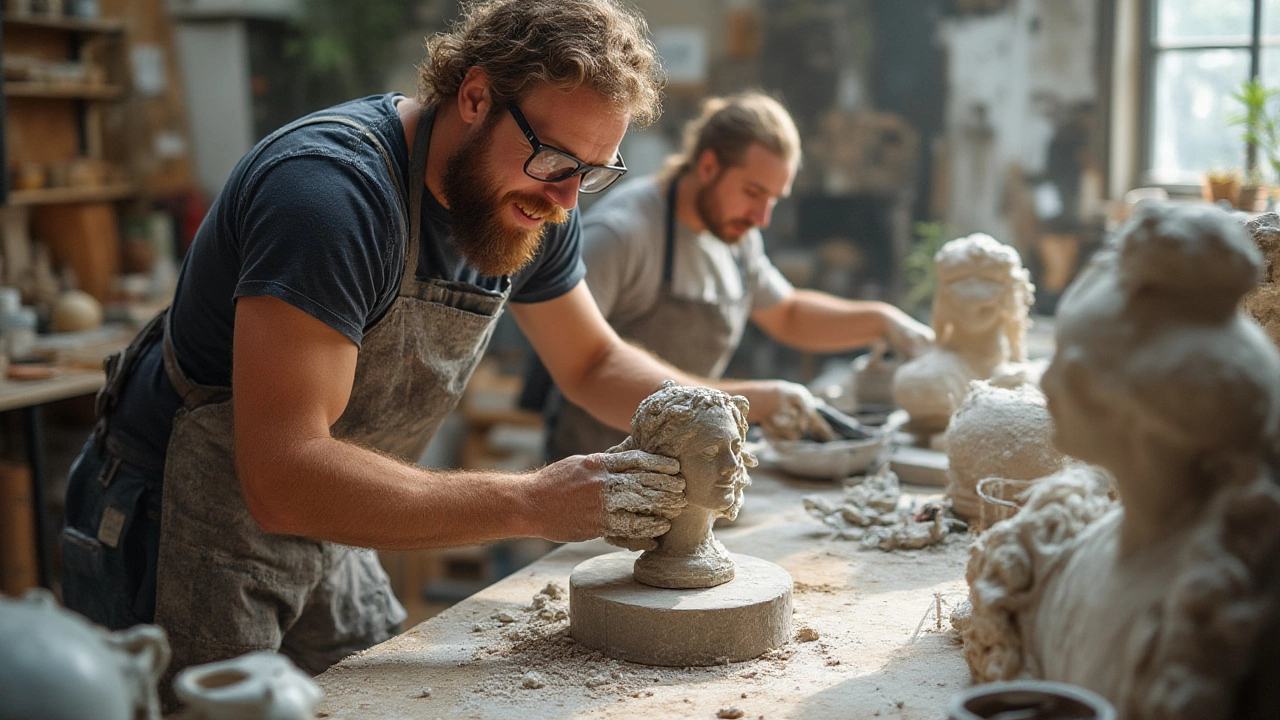
Discover the four basic sculpture techniques: carving, modeling, casting, and assembling. Learn practical tips, real examples, and how artists bring materials to life.
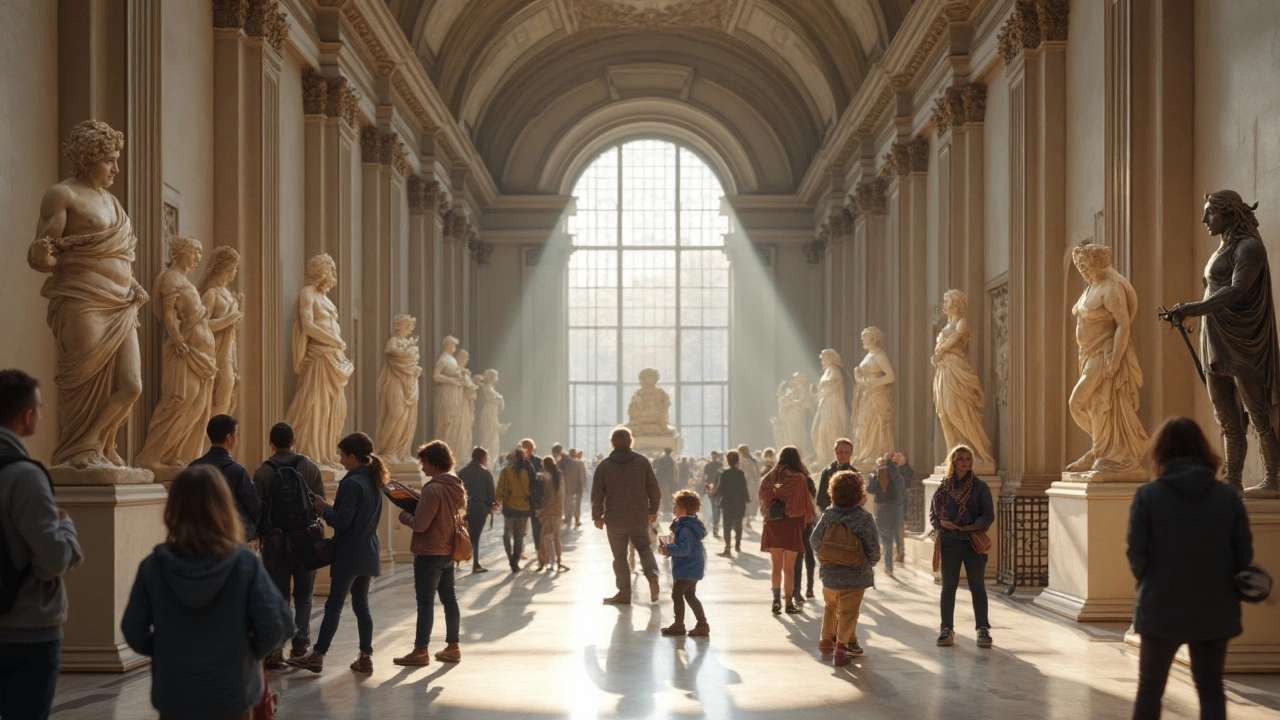
Curious about who stands as the most famous sculptor in history? This article cuts straight to the heart of the debate, looking at giants like Michelangelo and Rodin, then compares them to bold modern artists. Readers get clear answers, plenty of fun facts, and tips for spotting truly great sculpture, whether you're a museum rookie or an art lover. Find out how these sculptors shaped the world around them—sometimes literally. We also look at how their fame grew and why their art still matters today.
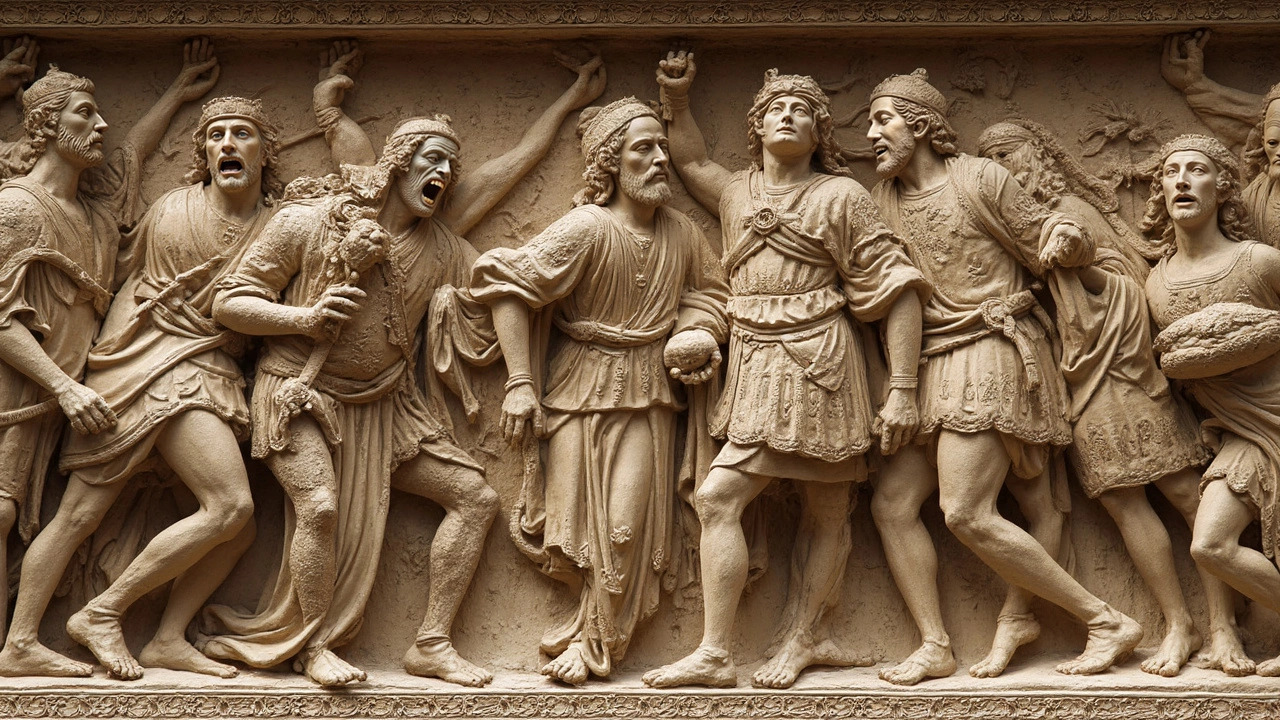
Carving is a fascinating aspect of sculpture art, divided into three main types: relief, in-the-round, and intaglio. Each type offers unique artistic possibilities and challenges, from creating intricate details to achieving stunning three-dimensional effects. This article delves into these carving styles, exploring their techniques, materials, and historical significance. Discover tips for starting your own carving projects and appreciate the rich tradition that carving has in the art world today.
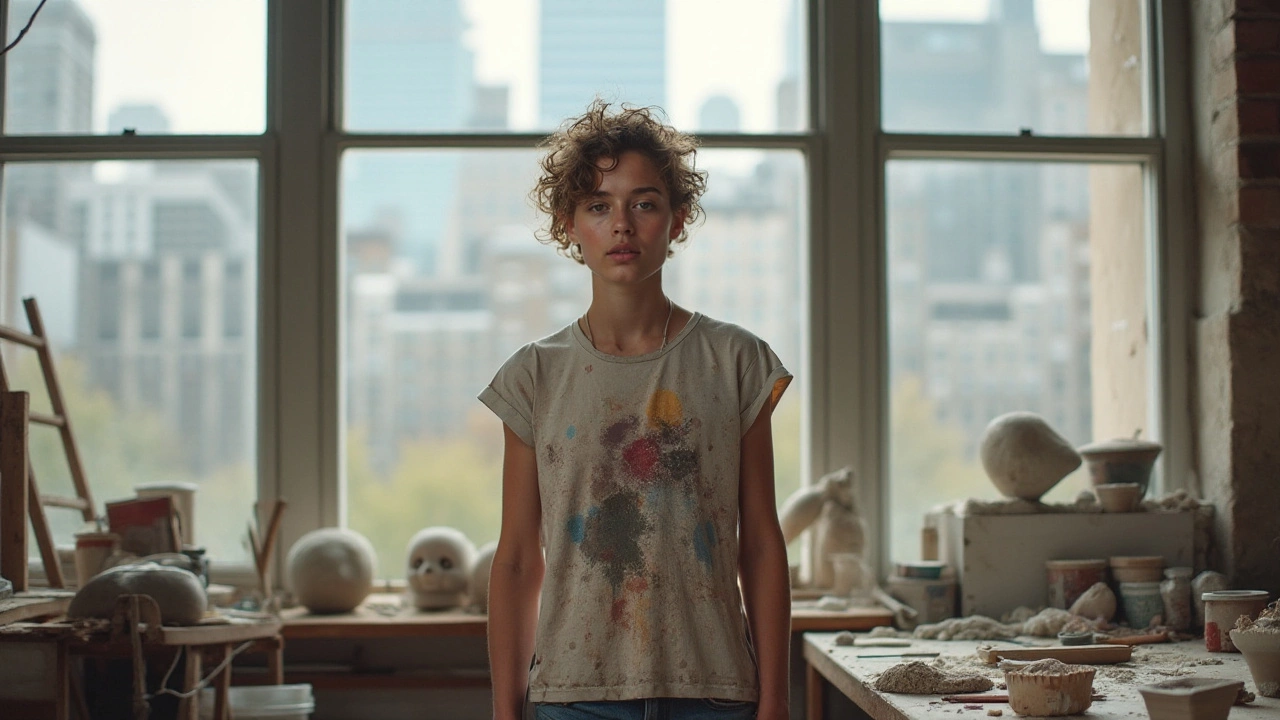
Creating a simple sculpture can be an immensely rewarding experience for beginners exploring the world of art. By selecting the right materials and techniques, aspiring sculptors can develop projects that express personal creativity. This guide offers step-by-step instructions, insights into different sculpture methods, and practical advice to successfully bring your artistic vision to life. Dive into the basics of composition and form, and learn the essentials of working with tools to carve out your unique creation.
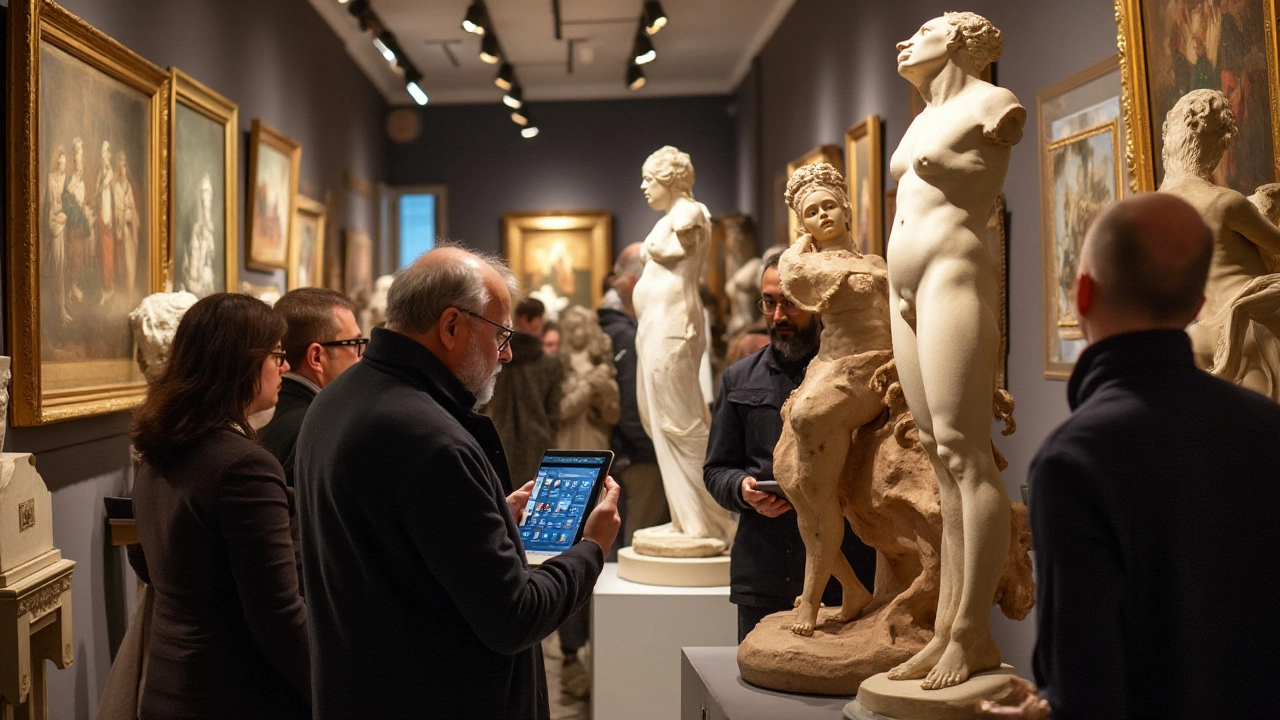
Evaluating the worth of a sculpture requires an understanding of various contributing factors, from the artist's acclaim to the quality of materials. This article explores ways to ascertain value, including consulting with appraisers or utilizing online platforms. Tips on identifying valuable works and preserving sculptures are also offered. Whether you're a novice collector or an experienced aficionado, these insights can help you make informed decisions about your sculptural collection.
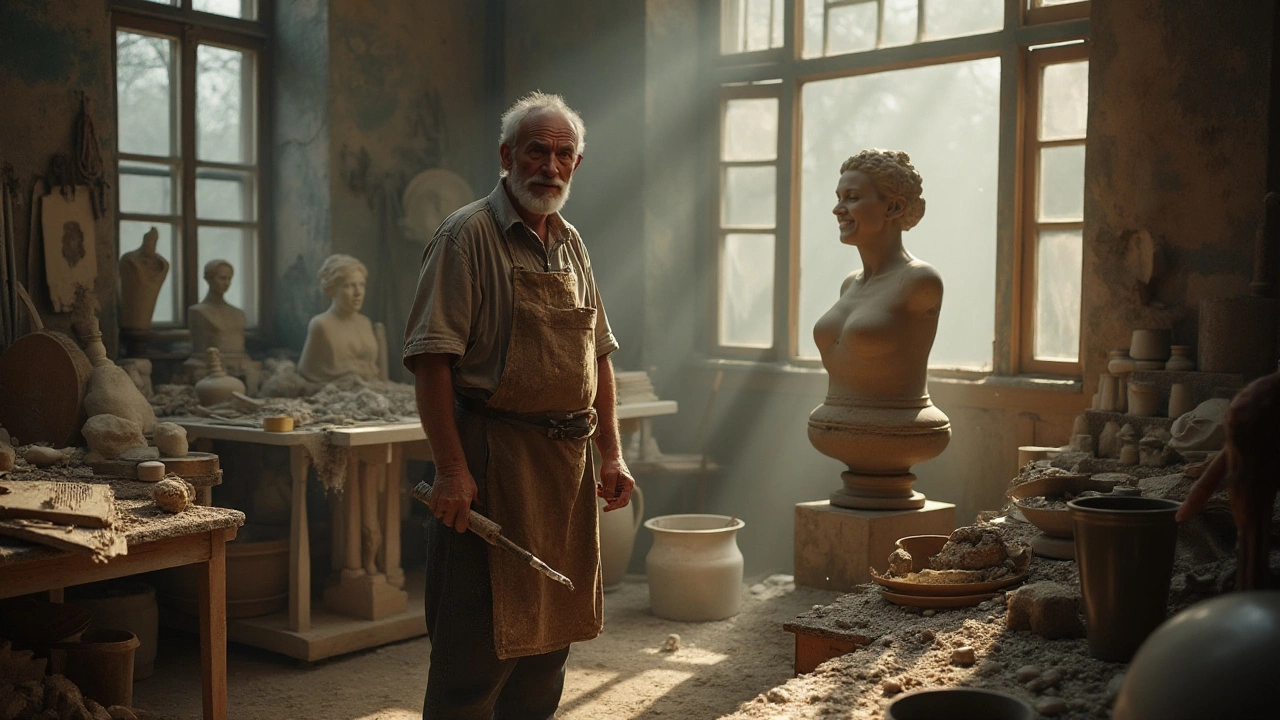
A sculptor is an artist who creates three-dimensional works of art from materials such as stone, metal, clay, and wood. The art of sculpting has a rich history, filling our world with awe-inspiring statues and installations. This article explores what it means to be a sculptor, diving into the skills required, the materials used, and the creative process involved. It also offers tips for aspiring sculptors looking to embark on their creative journey.
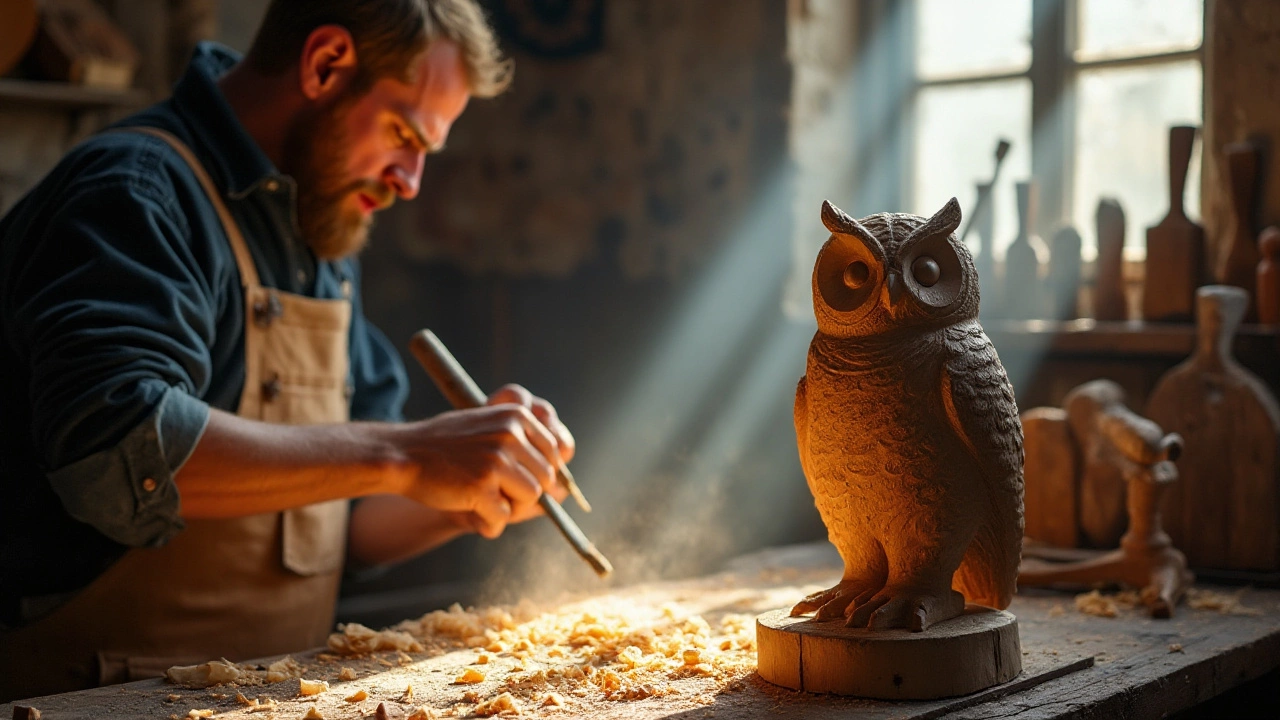
Delving into the world of sculpture art, this article unravels the distinctions between sculpting and carving. These artistic processes differ primarily in technique and materials used, impacting the art produced significantly. While carving is a method of subtraction, typically using materials like wood and stone, sculpting often involves a range of materials, including clay, and encompasses both additive and subtractive techniques. Understanding these differences provides insight into the creative processes and the diverse artistry involved in sculpture.
